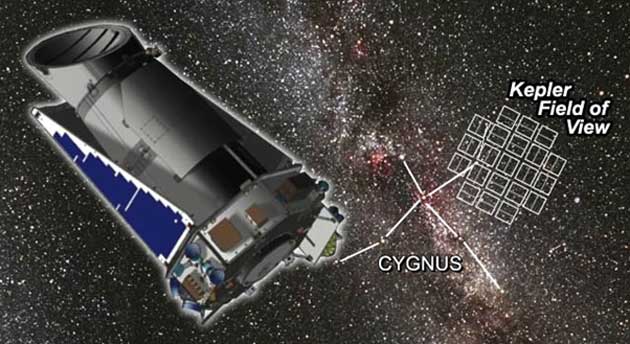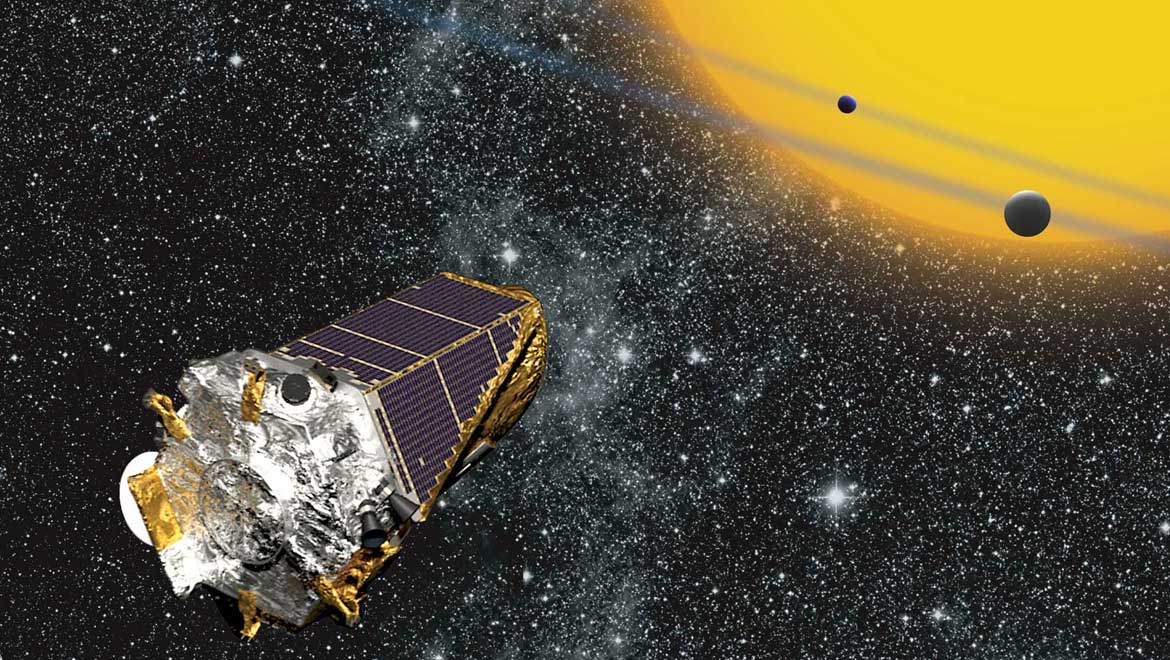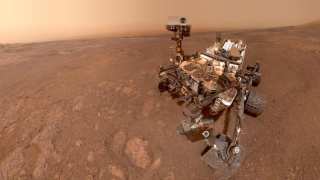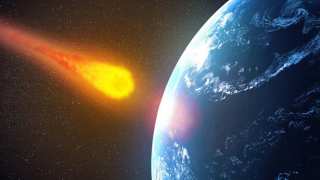NASA and Google have been collaborating on a project using NASA’s Kepler telescope and Google’s powerful Artificial Intelligence technology.
The findings are due to be released at a news conference on Thursday December 14.
Identifying habitable planets
The Kepler telescope was launched by NASA in March 2009, with the sole mission of identifying stars which may have planets of a similar size to Earth orbiting them. To do this, Kepler is equipped with a photometer, which continuously records the brightness of over 145,000 different stars in the Milky Way.
This data is periodically sent back to Earth where it is subsequently analyzed. What the astronomers are looking for is a regular cycle of the star dimming and then becoming brighter again. This indicates that there are planets orbiting the star, just as we orbit the Sun.
It is the analysis of this data that Google and its powerful machine learning and Artificial Intelligence have been helping with.
Details of exactly what the announcement will focus on are still rather brief, with the NASA website stating only that they will be hosting a media teleconference: “To announce the latest discovery made by its planet-hunting Kepler space telescope. The discovery was made by researchers using machine learning from Google. Machine learning is an approach to artificial intelligence, and demonstrates new ways of analyzing Kepler data.”
Using Machine Learning
So far, the Kepler space telescope has helped NASA discover that exoplanets are far more common than initially thought, with it being suggested that every star has at least one exoplanet. The Kepler spacecraft was officially decommissioned in 2013, but was then brought back into service for a new and extended mission, known as K2.
That’s an awful lot of data to trawl through, which is probably why NASA has now collaborated with Google in order to speed up this process.
At the start of November, details were released relating to the Kepler Object of Interest (KOI) catalog, which identifies planet candidates. Ten of these were classified as “high reliability, terrestrial-size, habitable zone candidates.”

Artist concept of Kepler in space. Image credit: NASA/JPL
So who knows, the announcement could relate to further information about some of these potentially habitable planets, or it may well be that Google’s machine learning has identified something completely new.
We will just have to wait and find out.
The live broadcast of the teleconference is due to begin at 1pm Eastern Standard Time, on the NASA TV website.
Top image: Kepler Mission Overview. (Public Domain)







No comment